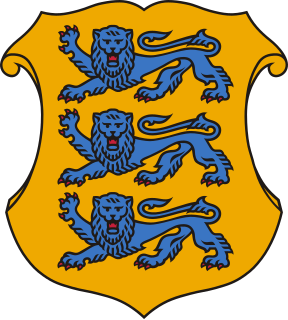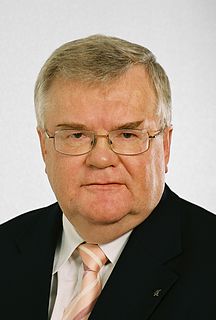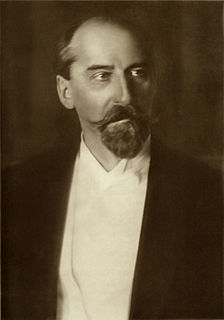| |||||||||||||||||||||||||||||||||||||||||||||||||||||||||||||||||||||
101 seats in the Riigikogu 51 seats were needed for a majority | |||||||||||||||||||||||||||||||||||||||||||||||||||||||||||||||||||||
| |||||||||||||||||||||||||||||||||||||||||||||||||||||||||||||||||||||
| |||||||||||||||||||||||||||||||||||||||||||||||||||||||||||||||||||||

| ERE | EKE | IM/RP | SDE | EMRL |
|---|---|---|---|---|
20–29% 30–39% 40–49% 50–59% | 20–29% 30–39% 40–49% 50–59% 60–69% 70–79% | 20–29% 30–39% 40–49% 50–59% | 20–29% 30–39% 40–49% 50–59% | 20–29% 30–39% 40–49% 50–59% 60–69% 80–89% |
Parliamentary elections were held in Estonia on 4 March 2007. It was the world's first nationwide vote where part of the voting was carried out in the form of remote electronic voting via the internet.

Estonia, officially the Republic of Estonia, is a country in Northern Europe. It is bordered to the north by the Gulf of Finland with Finland on the other side, to the west by the Baltic Sea with Sweden on the other side, to the south by Latvia (343 km), and to the east by Lake Peipus and Russia (338.6 km). The territory of Estonia consists of a mainland and 2,222 islands in the Baltic Sea, covering a total area of 45,227 km2 (17,462 sq mi), water 2,839 km2 (1,096 sq mi), land area 42,388 km2 (16,366 sq mi), and is influenced by a humid continental climate. The official language of the country, Estonian, is the second most spoken Finnic language.
Electronic voting is voting that uses electronic means to either aid or take care of casting and counting votes.

The Internet is the global system of interconnected computer networks that use the Internet protocol suite (TCP/IP) to link devices worldwide. It is a network of networks that consists of private, public, academic, business, and government networks of local to global scope, linked by a broad array of electronic, wireless, and optical networking technologies. The Internet carries a vast range of information resources and services, such as the inter-linked hypertext documents and applications of the World Wide Web (WWW), electronic mail, telephony, and file sharing. Some publications no longer capitalize "internet".
Contents
The election saw the Estonian Reform Party emerged as the largest faction in the Riigikogu with 31 seats. The Estonian Centre Party finished second with 29 seats, whilst the new Union of Pro Patria and Res Publica lost 16 seats compared to the 35 won by the two parties in the 2003 elections. The Social Democrats gained 4 seats, whilst the Greens entered the Riigikogu for the first time with 7 seats and the People's Union lost seven of its 13 seats.

The Estonian Reform Party is a liberal political party in Estonia. The party is led by Kaja Kallas and has 34 members in the 101-member Riigikogu, making it the largest party in the legislature.

The Riigikogu is the unicameral parliament of Estonia. All important state-related questions pass through the Riigikogu. In addition to approving legislation, the Riigikogu appoints high officials, including the Prime Minister and Chief Justice of the Supreme Court, and elects the President. The Riigikogu also ratifies significant foreign treaties that impose military and proprietary obligations, bring about changes in law, etc.; approves the budget presented by the government as law and monitors the executive power.

The Estonian Centre Party is a centrist, social-liberal, populist political party in Estonia. It is one of the two largest political parties in Estonia and currently has 26 seats in the Estonian Parliament. The Party is a member of the Alliance of Liberals and Democrats for Europe (ALDE).

















